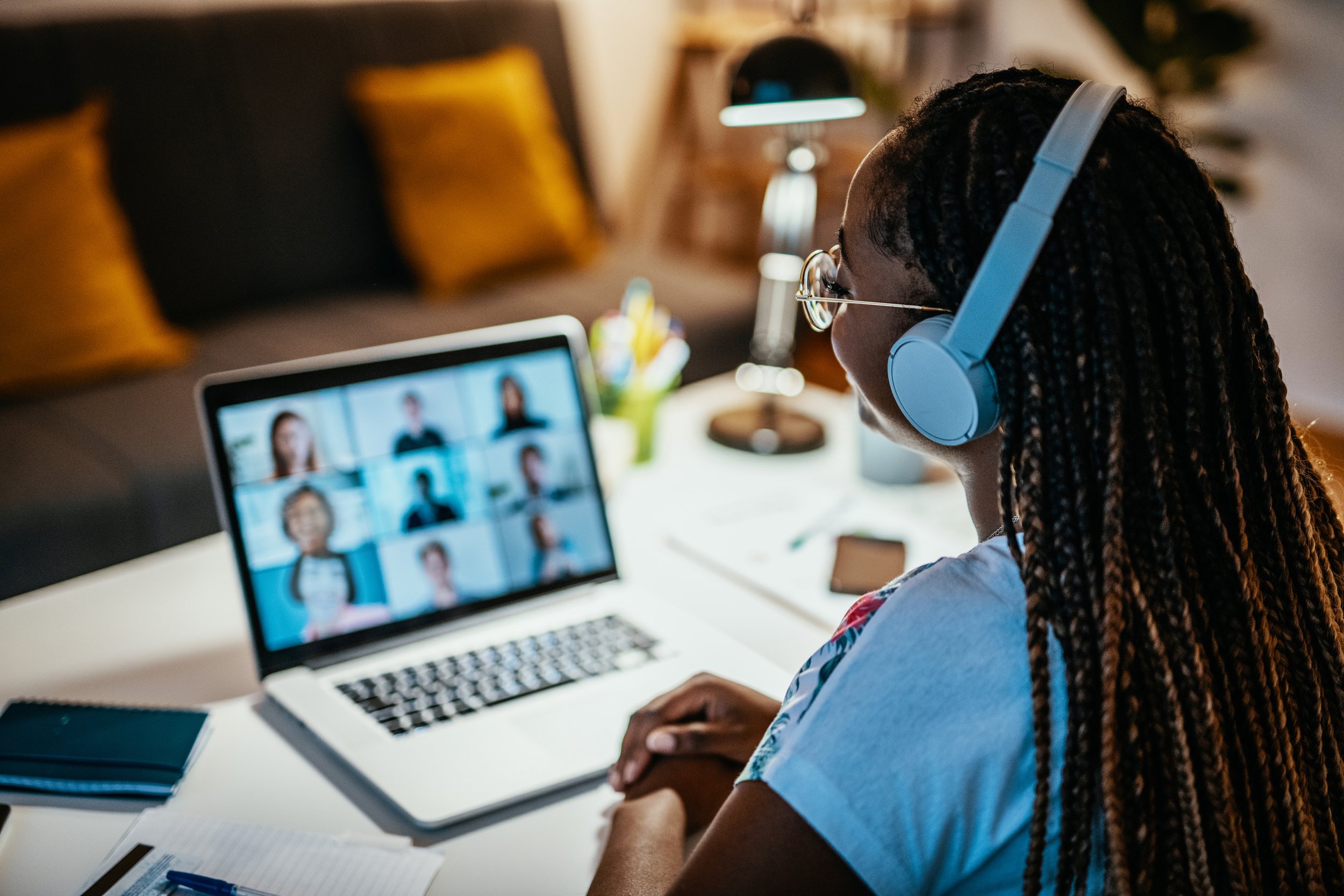Remote Learning: Some Kids Thrive, Some Kids Don’t
Covid-19 has seen so many students struggle through remote learning, but a smaller number thrive.
What kids struggled with
Struggling students failed to engage with remote learning for a variety of reasons, some immediately practical and some due to do the impact the pandemic had on their home lives.
How do you attend online school when you don’t have a computer or access to reliable internet? How do you concentrate when your dad is in the hospital with COVID or your mom has lost her job and is struggling to put food on the table?
What teachers saw can’t be unseen
Allowed unprecedented access into students homes via Zoom, educators have watched powerlessly as kids disappeared into jobs they’ve taken to support their families or to become full time caretakers to younger siblings and older, infirm relatives.
Now, throw in the loss of in-person social connections, and you’ve got a mental health crisis in the making for a lot of kids.
But others thrived
But it’s not that way for every child. While we still don’t know what the full impact of remote learning will have on students, we do know that some students are doing better remotely than they ever did in person.
And these new stars are often the ones that haven’t been able to shine on campus.
The mental health crisis in schools is real
That said, while some teachers are reporting that a handful of their students—shy kids, hyperactive kids, highly creative kids—were doing better with remote learning, it’s clear that a larger number struggled to adapt. The mental health toll of distance learning has shown that childhood rates of depression, anxiety, and eating disorders, rose sharply while kids were out of school.
Sleep can help
One takeaway from remote learning is self-pacing. The biological clocks of kids don’t actually align with traditional school hours. So early morning starts mean most kids aren’t getting the sleep they need, and inflexible schedules just don’t work well for all kids.
Most high school students start school at 8:00 a.m. (school schedules differ by district). But during the pandemic, the schedules became more fluid, allowing students more choice over when and how they do their schoolwork. During the pandemic, most students were no longer rising to an early alarm clock.
While the American Academy of Pediatrics recommends 8-10 hours a night for teens ages 12-18 and 12 hours for children ages 6-12, a pre-pandemic, 2018 study of high school students across 30 states found more than 70 percent of students were not getting enough sleep during the school year.
Focus
Live video classes may pose unique challenges for students who have difficulty with focus and distractibility, trouble managing sensory input, or increased anxiety about being “on display”.
As a result, they may behave in ways that challenge the definition of engagement. Fidgeting, turning off the camera, or moving around during class meetings can look like a lack of engagement. But for some students, it’s what they need to do to be able to participate in learning.
The remote learning experiment gave us new insights
Students engage in a variety of ways, and the flexibility to make their own hours allowed students a chance to exercise, take breaks, or even be bored, all of which research shows is beneficial.
Another reason some students are thriving is, without extracurricular activities such as sports and social activities, they had more time for schoolwork.
In normal times, some kids were overscheduled
Research has found that students who are over-committed are more likely to experience unhealthy anxiety levels. According to a Pew Research Center study, teens cite academic pressure as the top pressure they face.
Teachers were pushed to push students harder
Teachers, as well, have come under increasing scrutiny to prepare students to hit benchmarks on standardized testing. That put a lot of pressure on the whole school ecosystem, especially students.
While that continued for some districts during the pandemic, some school leaders worked to lighten the academic load a bit during this very trying time.
What we need to take forward
While remote learning comes with many downsides for both students and teachers, we can’t pretend in-person learning is a bed of roses for everyone. It can be fraught with anxiety inducing moments and situations which too often lead to physical or verbal bullying and students feeling pressure to “fit in” or “look good”.
The pandemic showed us that students who don’t thrive on campus can thrive when they are allowed more freedom, leeway and sleep. Those learnings came at a steep cost, but if we tweak school hours, make accommodations for shyer children, and rethink some of the demands we place on kids, schools will become happier places where more students can thrive.
More Resources
https://www.edutopia.org/article/why-are-some-kids-thriving-during-remote-learning
https://childmind.org/article/5-reasons-students-arent-engaging-in-distance-learning/
https://www.verywellfamily.com/the-impact-of-distance-learning-on-kids-5118430
https://www.wired.com/story/remote-learning-school-coronavirus-tips/

